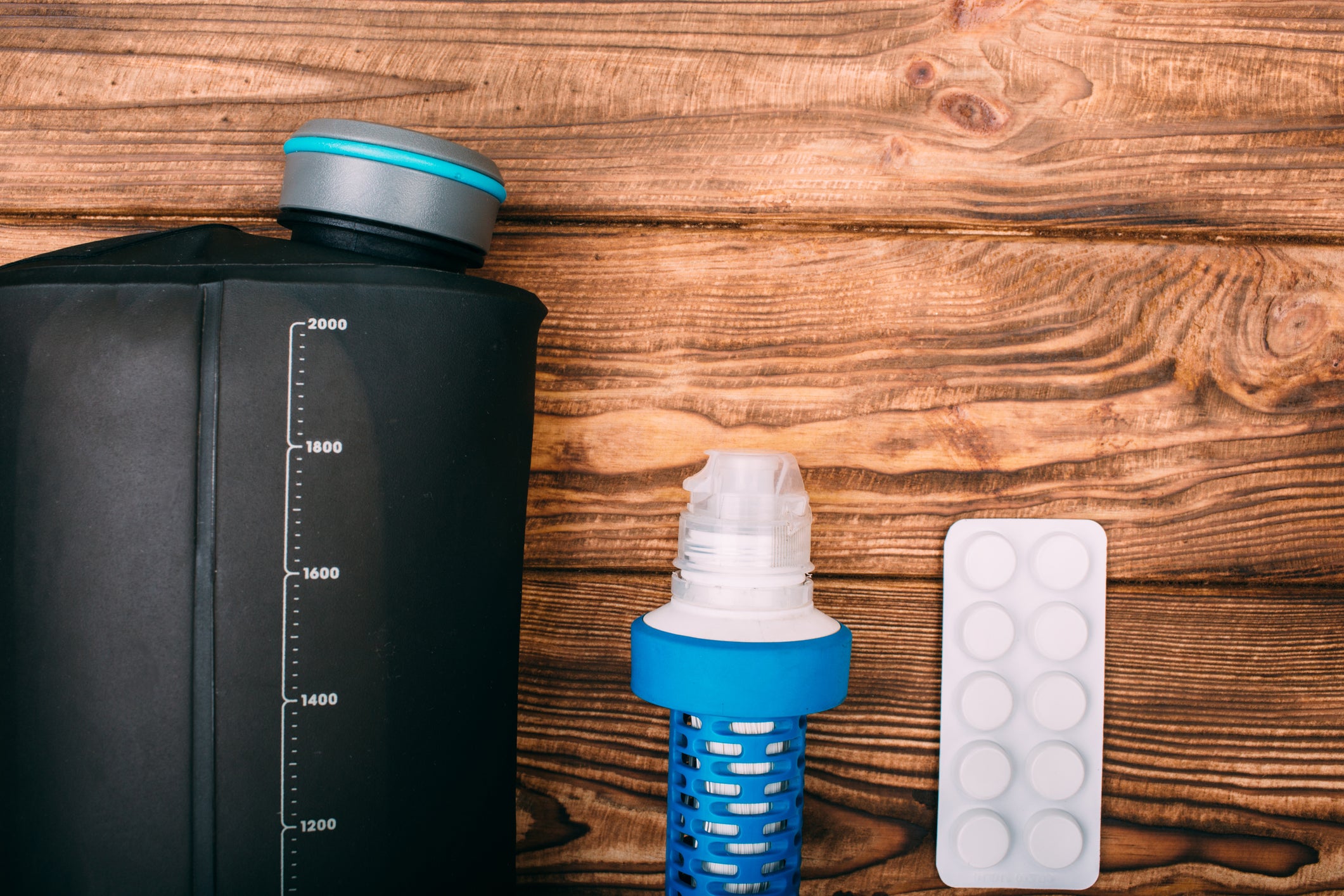In the realm of outdoor adventures, emergency preparedness, and international travel, access to clean and safe drinking water is paramount. Amidst various water treatment options, water purification tablets stand as a portable and convenient solution. But do they truly live up to their promise of purifying water effectively? Let's dive into the science and practicalities behind water purification tablets to separate fact from fiction.
Understanding Water Purification Tablets
Water purification tablets are compact, lightweight, and easy-to-use products designed to kill or neutralize harmful pathogens present in water sources. Typically containing active ingredients such as chlorine dioxide, iodine, or chlorine, these tablets work by releasing disinfectants into the water, effectively eliminating bacteria, viruses, and protozoa that may cause waterborne illnesses.
The Science Behind the Effectiveness
-
Disinfection Process: Water purification tablets utilize chemical disinfection to kill pathogens. For instance, chlorine dioxide releases free chlorine, which disrupts the cellular structure of microorganisms, rendering them inactive and unable to cause infections.
-
Broad-Spectrum Protection: These tablets offer broad-spectrum protection against a wide range of waterborne pathogens, including bacteria like E. coli, viruses like norovirus, and protozoa like Giardia and Cryptosporidium.
-
Efficacy in Challenging Conditions: Water purification tablets are effective even in challenging environmental conditions, such as turbid or cold water, making them suitable for use in various outdoor and emergency scenarios.
Practical Considerations
-
Contact Time: The effectiveness of water purification tablets often depends on sufficient contact time between the treated water and the disinfectant. Users must follow manufacturer instructions regarding the recommended contact time for optimal results.
-
Water Quality: While water purification tablets can remove pathogens, they may not effectively eliminate sediment, chemicals, or other contaminants present in the water. In cases of highly contaminated or turbid water, pre-filtering or combining tablets with additional filtration methods may be necessary.
-
Taste and Odor: Some water purification tablets may impart a taste or odor to the treated water due to the presence of disinfectants. However, this can often be mitigated by allowing the water to aerate or adding flavoring agents.
Ensuring Effectiveness and Safety
-
Follow Instructions Carefully: Adhering to manufacturer instructions regarding dosage, contact time, and water quality is crucial for ensuring the effectiveness of water purification tablets.
-
Storage Conditions: Proper storage of tablets in a cool, dry place and within their expiration date is essential to maintain their potency and efficacy.
-
Supplemental Treatment: In situations where water quality is questionable or the risk of chemical contamination is high, combining water purification tablets with additional filtration or boiling methods can provide an extra layer of protection.
Conclusion: Trusting in Reliable Solutions
In conclusion, water purification tablets offer a reliable and effective means of disinfecting water in diverse settings, from backcountry adventures to emergency situations. While they may not address all water quality concerns, when used correctly, these tablets provide a valuable tool for safeguarding against waterborne illnesses and ensuring access to safe drinking water, even in the most challenging conditions. So, the next time you embark on an outdoor excursion or prepare for unforeseen emergencies, rest assured that water purification tablets can indeed deliver on their promise of clean and safe hydration.

